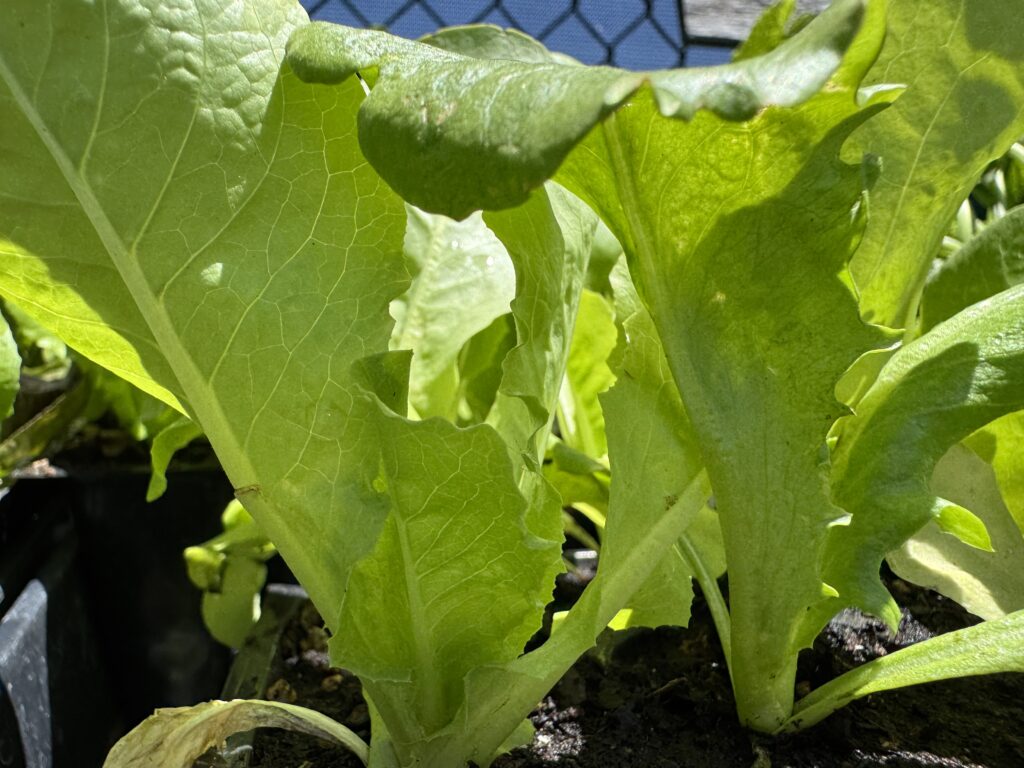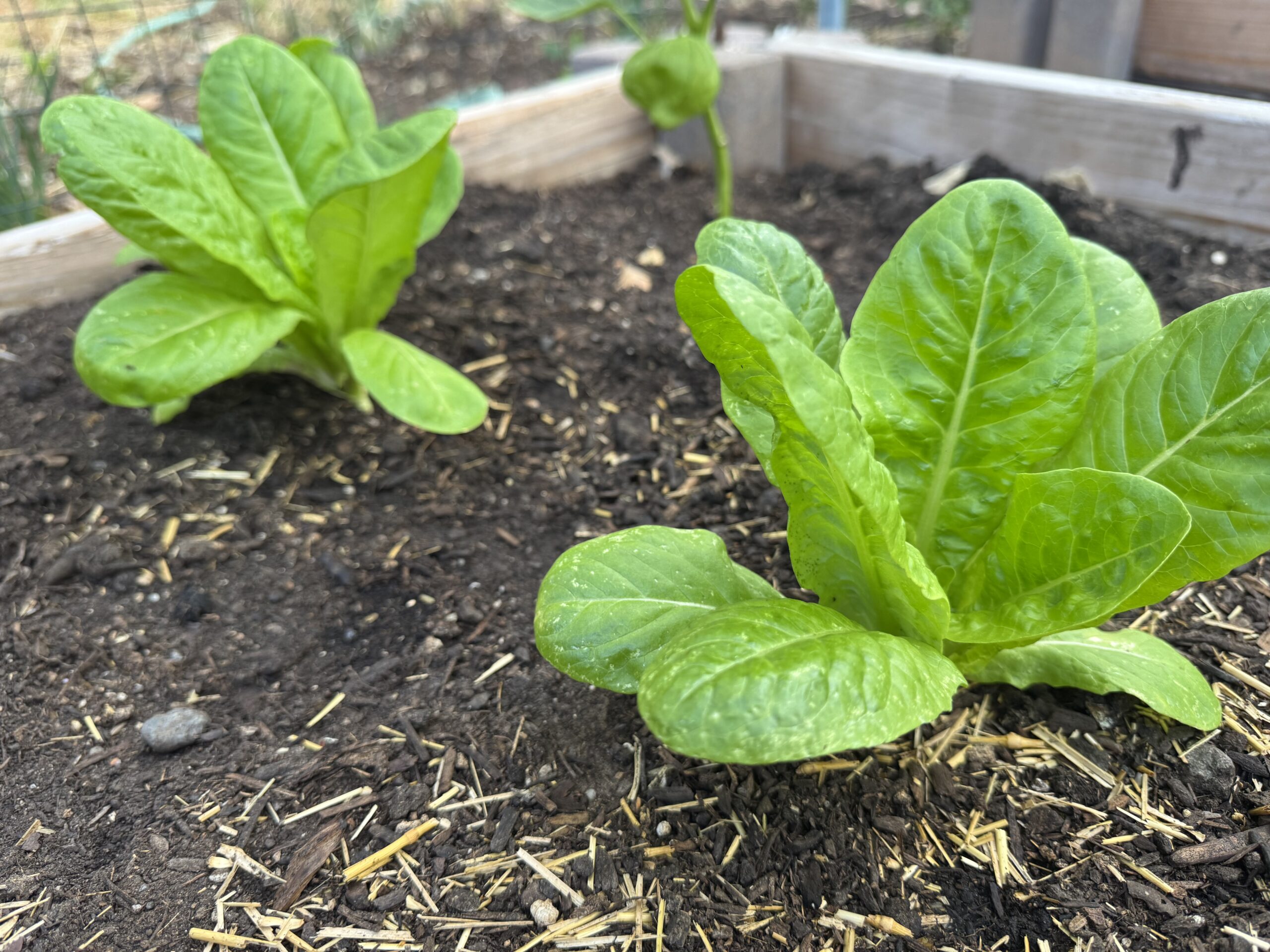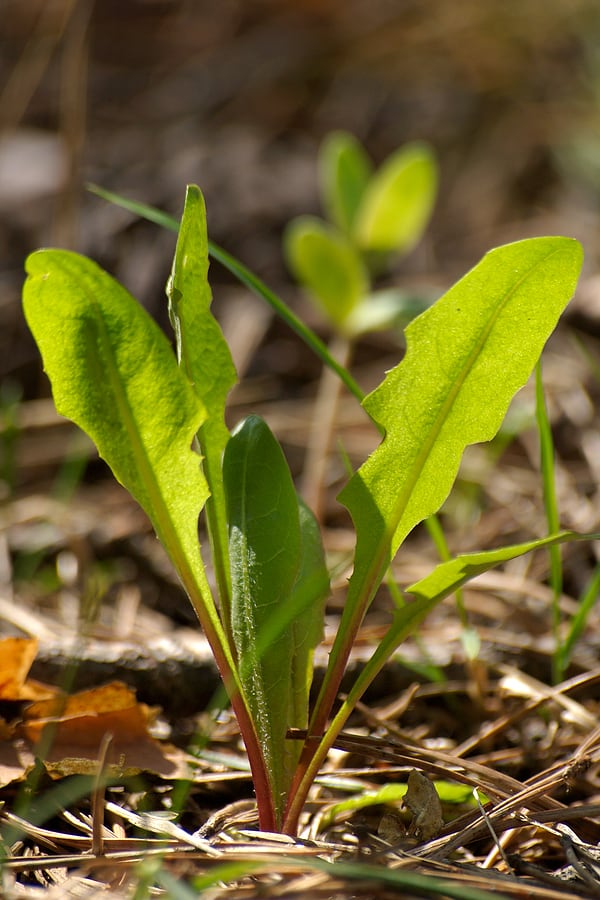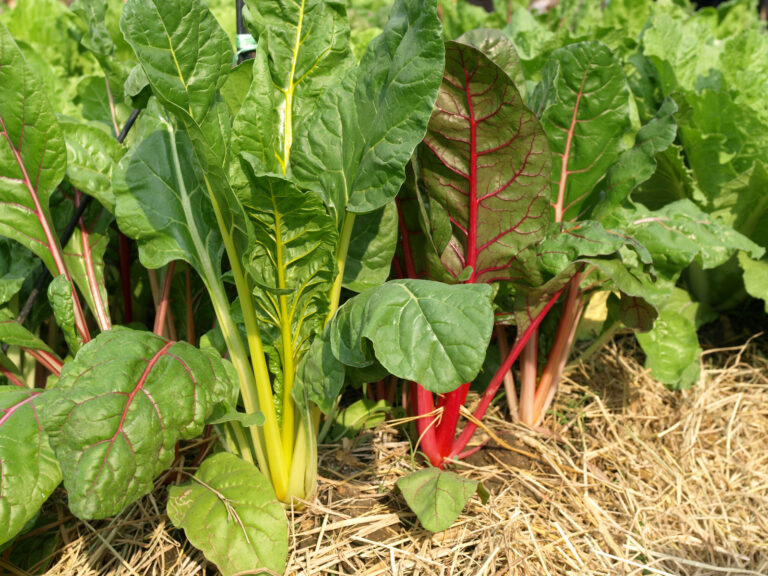Feeding Lettuce: When and How to Fertilize
Lettuce is a fast-growing, shallow-rooted crop that thrives in rich, well-fed soil. While it doesn’t need heavy feeding like tomatoes or corn, the right fertilizer at the right time can make all the difference in leaf size, color, texture, and taste.
After more than 30 years of growing lettuce in raised beds, containers, and under grow lights, I’ve developed a reliable approach to feeding lettuce that keeps the plants vigorous without encouraging bitterness or bolting. In this post, I’ll share how and when to fertilize lettuce for optimal results—whether you’re growing a quick crop of baby greens or full-sized romaine.

Does Lettuce Need Fertilizer?
Yes—but not too much, and not all at once.
Lettuce grows quickly and needs a steady supply of nitrogen for lush, leafy growth. However, too much nitrogen, especially from fast-release fertilizers, can lead to overly soft leaves, weak stems, and a higher risk of pest and disease problems. The key is balance and timing.
My Experience
In my garden beds, I rely on compost-rich soil as a baseline, then use supplemental fertilizer during key growth stages. This layered approach consistently gives me vibrant, flavorful leaves without overfeeding.
Best Types of Fertilizer for Lettuce
Choose fertilizers high in nitrogen (N) but low to moderate in phosphorus (P) and potassium (K). Here are some effective options I’ve used:
- Compost: My go-to for soil preparation and gentle feeding.
- Fish emulsion or seaweed extract: Quick boost during cool weather or early growth.
- Liquid organic fertilizer (4-4-4 or 5-1-1): Great for weekly feeding in containers.
- Granular slow-release fertilizer: Works well in raised beds—apply at planting.
- Worm castings: Excellent soil amendment with mild, slow-release nutrients.
If you’re growing in hydroponic systems or indoors, use a balanced liquid fertilizer specifically designed for leafy greens.
When to Fertilize Lettuce
Timing your feeding makes a big difference in growth and flavor. Here’s what I recommend:
1. At Planting (or Sowing)
- Mix compost or granular organic fertilizer into the soil before planting.
- If sowing directly, add a thin layer of compost over the seedbed.
2. Early Growth Stage (2–3 weeks after germination)
- Begin weekly or biweekly feeding with diluted liquid fertilizer (half-strength is plenty).
- Focus on nitrogen-rich options to support leaf production.
3. Mid-Growth (2–4 weeks before harvest)
- Continue light, consistent feeding to keep growth steady.
- In hot weather, reduce feeding slightly to avoid encouraging soft, heat-sensitive growth.
Container Tip:
Lettuce in pots or trays often needs more frequent feeding—nutrients leach out quickly with watering. I feed container lettuce every 7–10 days with diluted liquid organic fertilizer.
How to Apply Fertilizer
- Liquid Fertilizer: Apply directly to the soil around plants, avoiding the leaves.
- Granular Fertilizer: Scratch into the top inch of soil and water in well.
- Compost or Worm Castings: Side-dress around established plants or mix into container soil.
Insight:
For my container-grown baby lettuce, I use worm tea or seaweed extract every 10 days. It keeps the greens tender without overwhelming them.
Signs Your Lettuce Needs Feeding
- Slow growth despite good weather
- Pale or yellowing leaves (especially older leaves)
- Thin, weak stems or sparse leaf development
Don’t overcorrect with a heavy dose. Instead, start with a mild liquid feed and monitor growth over the next week.
Final Thoughts
Lettuce is a low-demand crop when grown in healthy soil, but the right fertilizer can give your greens a real boost—especially in containers or during rapid spring growth. Focus on nitrogen-rich, organic options and feed lightly but regularly. Your lettuce will reward you with tender, flavorful leaves every time.
Lettuce Growing Hub
Cluster Posts
🌱 Getting Started: Planting & Varieties
- Types of Lettuce: A Gardener’s Guide to 5 Main Types
- Lettuce Planting Calendar by Season and Region
- Lettuce Seed Starting Tips
- How to Start, Lettuce Indoors: Supplies, Timing, Tips
- How to Plant Lettuce Outdoors: Direct Sowing Tips
- Where to Grow Lettuce: Beds, Containers, Indoors & More
- Growing Lettuce in Containers
- Best Companion Plants for Lettuce: And What to Avoid
🥬 Seasonal Growing Guides
- How to Grow a Fall Lettuce Crop for Cool-Weather Harvests
- Heat-Tolerant and Bolt-Resistant Lettuce Varieties for Summer
- Best Lettuce Varieties for Winter and Cool Weather Growing
- Lettuce Care from Seed to Harvest: A Month-by-Month Guide
💧 Lettuce Care & Maintenance
- Watering Lettuce: How Much and How Often
- Feeding Lettuce: When and How to Fertilize
- Thinning and Spacing Lettuce for Optimal Growth
- Preventing Lettuce Bolting: How to Keep Lettuce From Going to Seed
🌿 Harvest & Beyond
⚠️ Troubleshooting & Special Topics






